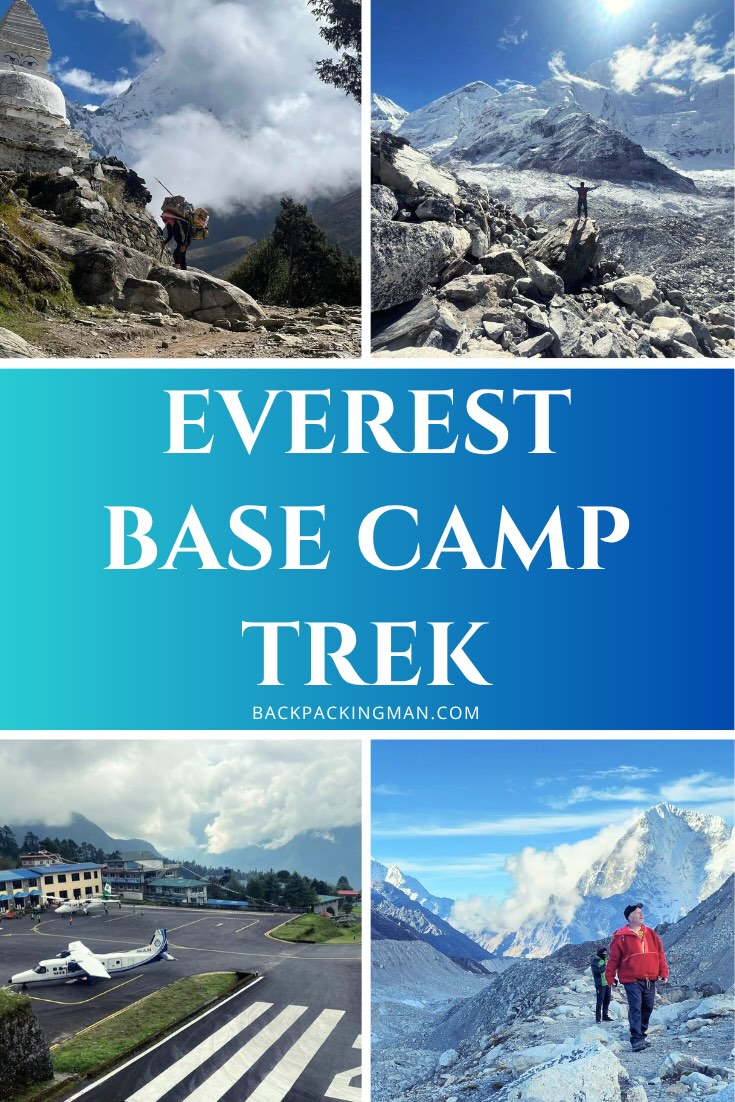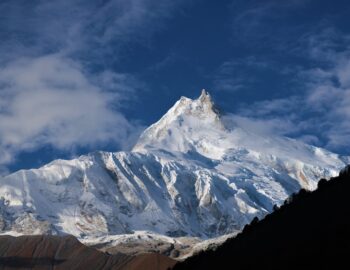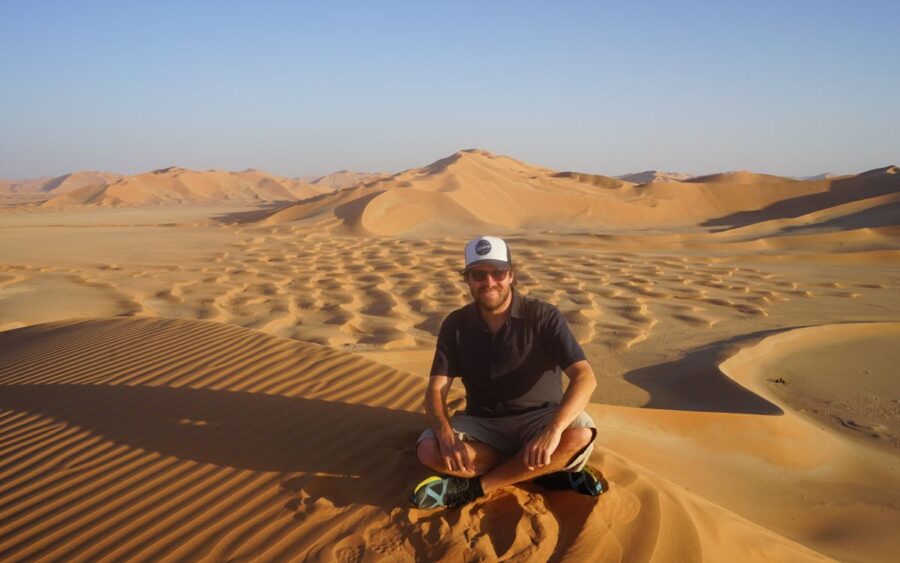The Everest Base Camp (EBC) trek stands as one of the world’s most iconic adventures — a pilgrimage through the heart of the Himalayas to the foot of the world’s highest peak, Mt. Everest (8,848.86 m). Every year, thousands of trekkers are drawn to Nepal with dreams of walking in the footsteps of mountaineering legends.
But beyond the photos of prayer flags and snow-capped peaks lies a journey that demands endurance, patience, and respect for altitude. The question most aspiring trekkers ask is: “How difficult is the Everest Base Camp trek, really?”
The answer is nuanced. While the EBC trek doesn’t require technical climbing skills or ropes, it’s far from easy. Its challenge lies in the combination of long days of hiking, unpredictable weather, high altitude, and the physical and mental stamina required to reach 5,364 meters (17,598 ft).
Let’s break it down — honestly, practically, and comprehensively.
Understanding the Trek: Distance, Duration, and Terrain
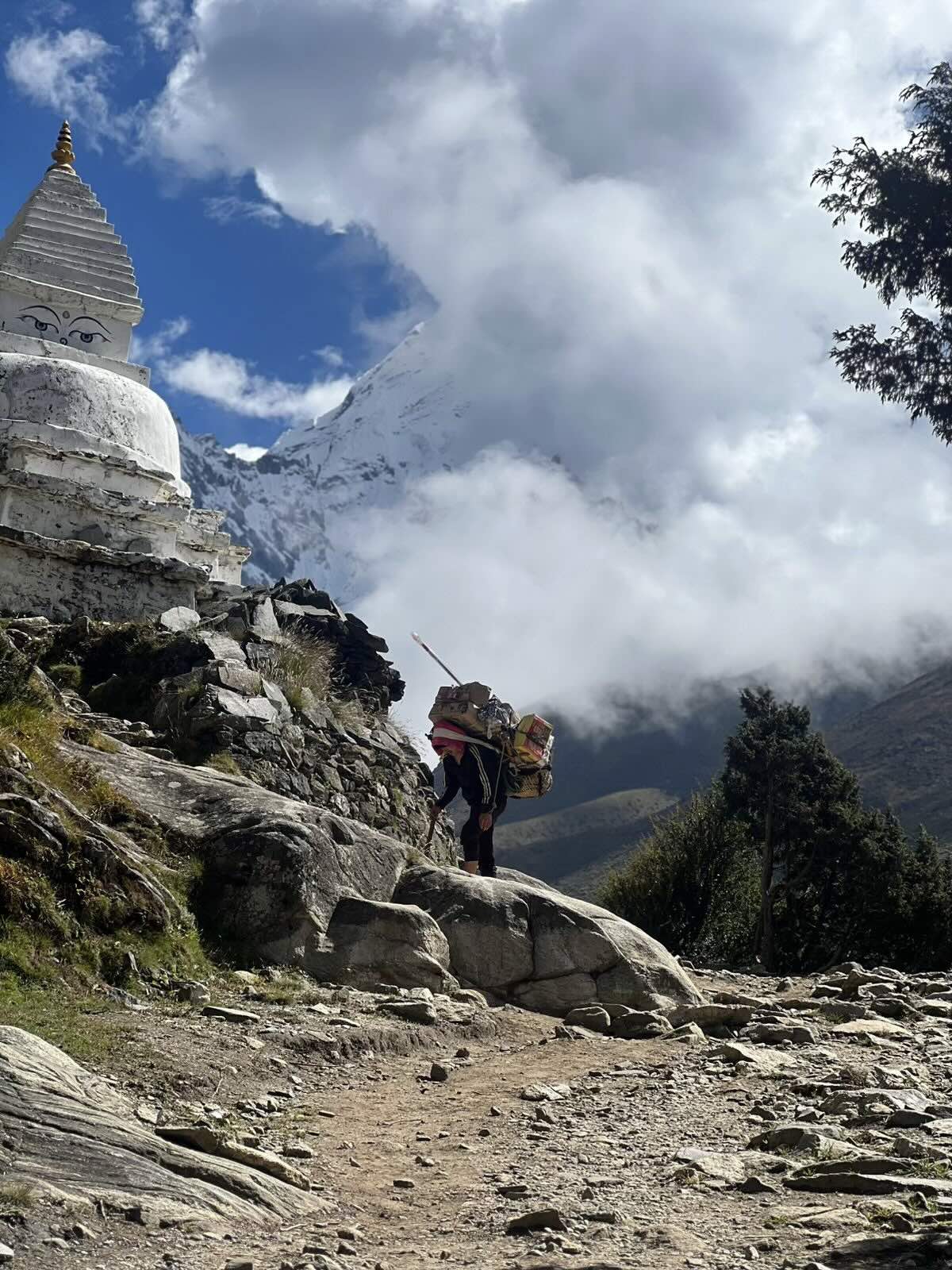
The Everest Base Camp trek covers roughly 130 km (80 miles) round trip, typically completed in 12 to 14 days, depending on acclimatization stops and pace.
Daily Distance and Elevation Gain
- Average trekking hours: 5–7 hours per day
- Daily elevation gain: 400–800 meters on ascent days
- Highest point: Kala Patthar (5,545 m), a viewpoint above Base Camp
- While the total distance may seem manageable, the altitude and steep terrain make each step harder. Trails alternate between rocky paths, suspension bridges, forested climbs, and glacial moraine walks. The toughest sections are typically:
- Namche Bazaar to Tengboche: A steep descent followed by a punishing climb
- Lobuche to Gorak Shep and Base Camp: High altitude, loose rock, and thin air
- Kala Patthar ascent: Short but steep, often tackled before sunrise in sub-zero temperatures
In short: The EBC trek is not a technical challenge — it’s an endurance challenge.
The Altitude Factor: The Real Challenge
Altitude is the great equalizer on this trek. No matter your fitness level, anyone can experience altitude sickness above 2,500 meters.
Key Altitudes Along the Route:
- Lukla: 2,860 m
- Namche Bazaar: 3,440 m
- Dingboche: 4,410 m
- Lobuche: 4,910 m
- Everest Base Camp: 5,364 m
At these elevations, oxygen levels drop to about 50% of sea level, causing the body to struggle for air. Common symptoms include headaches, fatigue, nausea, and loss of appetite.
Acclimatization Strategy
The standard EBC itinerary includes two acclimatization days:
- Namche Bazaar (3,440 m) – usually with a day hike to Everest View Hotel (3,880 m)
- Dingboche (4,410 m) – a rest and hike to Nangkartshang Peak (5,083 m)
Following the golden rule — “Climb high, sleep low” — allows your body to adjust gradually. Rushing the trek or skipping acclimatization is the biggest cause of altitude-related evacuations.
AMS Reality Check
- Mild symptoms: 40–50% of trekkers experience some discomfort.
- Severe AMS cases: Around 2–3% may require evacuation by helicopter.
Proper pacing, hydration, and adherence to acclimatization schedules minimize risks significantly.
Physical Fitness Requirements
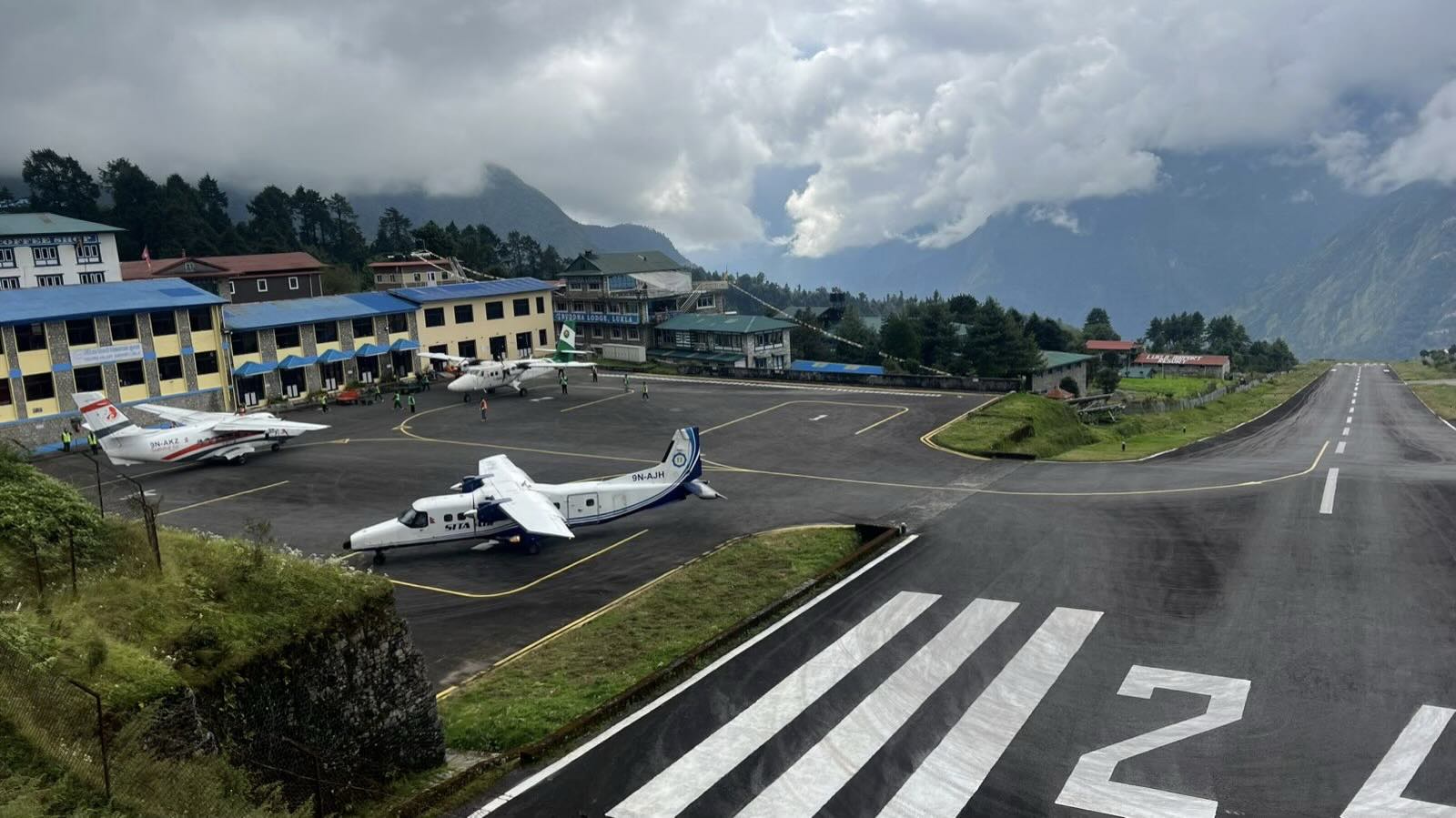
Contrary to popular belief, you don’t need to be an elite athlete — but you must be fit and prepared.
Endurance Over Speed
Trekkers walk 5–7 hours a day, often on steep ascents or descents, with a light daypack. It’s less about sprinting and more about maintaining steady endurance.
A good benchmark:
If you can hike uphill for 6 hours carrying 5–7 kg, multiple days in a row, you’re ready.
Training Recommendations
Start training at least 8–12 weeks before departure, focusing on:
- Cardio: Running, cycling, or brisk walking (3–5 times a week)
- Leg strength: Squats, lunges, and step-ups
- Core stability: Planks, mountain climbers, and yoga
- Practice hikes: Simulate trekking with a loaded backpack and inclines
Fitness Comparison
| Trek | Max Altitude | Duration | Difficulty |
| Annapurna Base Camp | 4,130 m | 10 days | Moderate |
| Langtang Valley | 4,984 m | 8 days | Moderate |
| Manaslu Circuit Trek | 5,160 m | 14 days | Hard |
| Everest Base Camp | 5,364 m | 12–14 days | Moderate to Hard |
So while not the toughest trek in Nepal, EBC requires solid physical and cardiovascular conditioning.
Weather and Seasonal Challenges
The Everest region can swing from warm sunshine to snow flurries in hours. Weather affects both comfort and safety.
Best Seasons to Trek
- Spring (March–May): Stable weather, clear skies, blooming rhododendrons
- Autumn (Sept–Nov): Crisp air, best visibility, moderate temperatures
- Winter (Dec–Feb): Cold, quiet trails, but harsh conditions above 4,000 m
- Monsoon (Jun–Aug): Slippery trails, flight delays, low visibility
Temperature Snapshot
| Location | Daytime | Nighttime |
| Namche Bazaar | 10–15°C | -5°C |
| Lobuche | 0–10°C | -10°C |
| Base Camp | -5–10°C | -15°C |
Weather-Related Risks
- Flight delays: Lukla airport (the starting point) is notorious for weather-related cancellations.
- Snow and ice: Late autumn or early spring treks can involve icy paths and cold mornings.
- Sun exposure: UV radiation is intense — sunscreen and sunglasses are essential.
Being mentally flexible with schedule and gear choices is part of the challenge.
The Mental Game: Grit and Determination
Many trekkers say the Everest Base Camp trek is 70% mental, 30% physical.
Why? Because exhaustion, monotony, and altitude fatigue can test your willpower.
Common Mental Challenges
- Fatigue from repetitive uphill sections
- Homesickness or discomfort from basic lodges
- Cold nights and early wake-up calls
- Occasional illness or digestive issues
Coping Strategies
- Focus on small goals (“just reach the next village”)
- Trek slowly and celebrate milestones
- Rest when needed — never rush
- Engage with locals and fellow trekkers for morale
Those who succeed often aren’t the fittest — they’re the most resilient.
Age and Success Rates
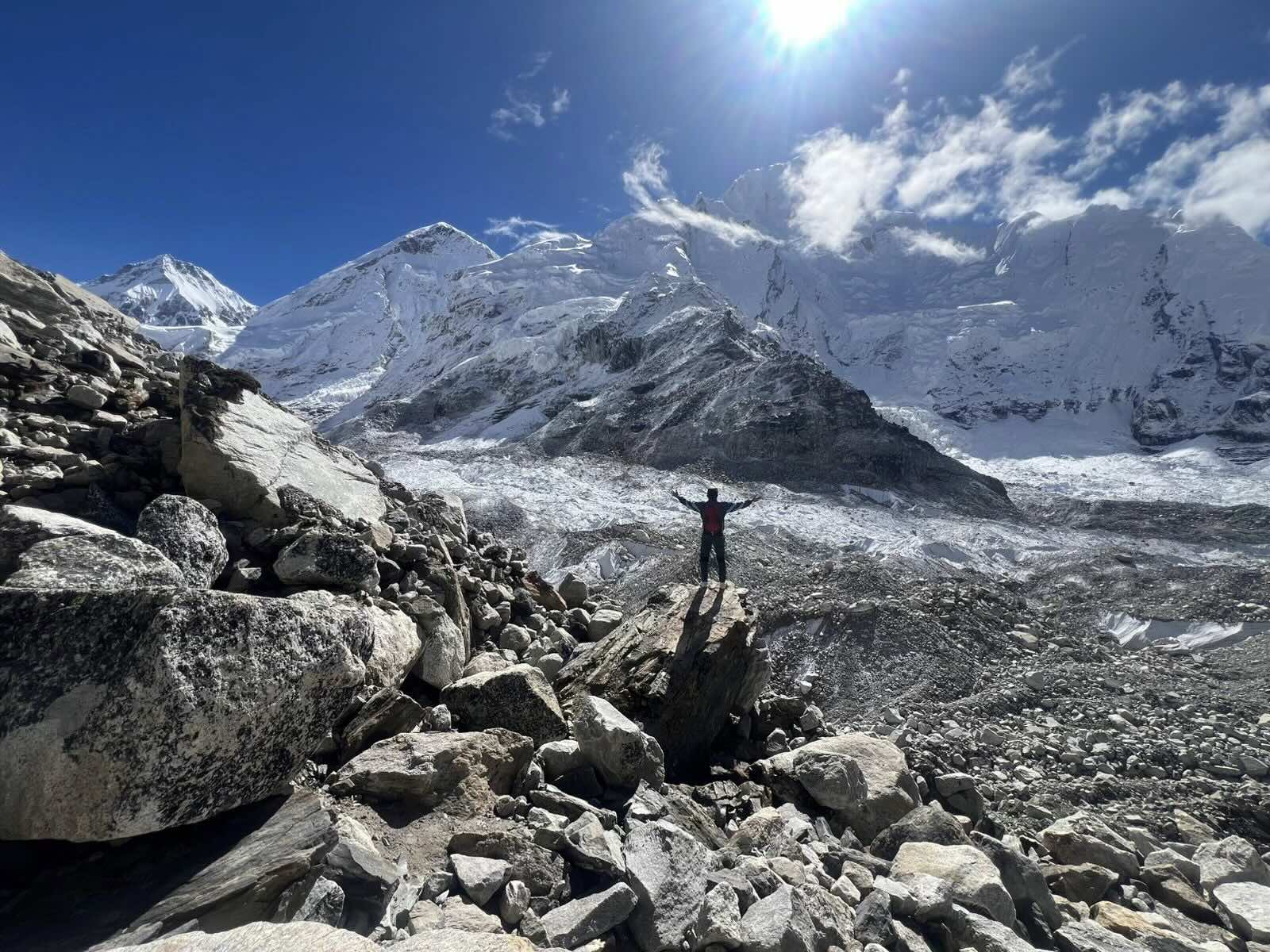
Trekkers of all ages — from teenagers to retirees — complete the EBC trek every season.
Success depends more on preparation and pacing than on age.
Age Profile of Successful Trekkers:
- 20–40 years: 45% (physically strong, adapt well)
- 40–60 years: 40% (experienced hikers, disciplined pacing)
- 60+ years: 15% (possible with proper acclimatization and guided support)
Average success rate: 85–90% for those following standard itineraries.
Older trekkers often excel due to patience, controlled pace, and better self-awareness of limits.
Preparation Timeline: How to Get Ready
| Timeframe | Focus Area | Key Actions |
| 3–6 months before | Fitness building | Start endurance and strength training |
| 2 months before | Trek simulation | Hike with 6–8 kg backpack weekly |
| 1 month before | Gear testing | Break in trekking boots, adjust gear |
| 1 week before | Final checks | Review packing list, stay hydrated, rest well |
Other crucial steps:
- Medical check-up for high-altitude clearance
- Travel insurance covering evacuation
- Mental preparation — accept discomfort as part of the adventure
Common Misconceptions About EBC Trek Difficulty
Myth 1: “It’s just a walk.”
Reality: It’s a multi-day mountain expedition. The altitude and terrain turn a simple walk into a serious challenge.
Myth 2: “Only mountaineers can do it.”
Reality: EBC is achievable for fit beginners who prepare properly.
Myth 3: “Porters make it easy.”
Reality: Porters reduce load, not fatigue. You still walk every step, often uphill for hours.
Myth 4: “You can skip acclimatization.”
Reality: That’s the fastest way to end your trek early due to AMS.
Myth 5: “It’s too dangerous.”
Reality: With a reputable guide, good insurance, and awareness, EBC is a controlled, safe adventure.
Beginners vs. Experienced Trekkers: How the Trek Feels
| Experience Level | Challenges | Advantages |
| First-time trekkers | Altitude shock, stamina limits, basic accommodation discomfort | Fresh enthusiasm, strong motivation |
| Intermediate trekkers | Manage pace well, understand mountain fatigue | Experience pacing and gear management |
| Experienced trekkers | Find terrain manageable, altitude still demanding | Efficient acclimatization and recovery |
Verdict:
- For first-timers, EBC feels challenging but life-changing.
- For experienced trekkers, it’s moderate yet deeply rewarding.
Either way, every trekker earns their success step by step.
Logistical Factors That Influence Difficulty
Porter and Guide Support
Hiring a guide and porter can significantly reduce stress:
- Porters carry 10–15 kg of your load
- Guides help manage pace, logistics, and safety
- They also provide insight into Sherpa culture and local life
Going independently is possible but adds challenges like navigation, altitude planning, and emergency response.
Teahouse Accommodations
Comfort depends on altitude:
- Lower villages: Comfortable lodges with Wi-Fi and hot showers
- Higher up: Basic rooms, limited heating, and frozen water pipes
Meals are hearty (dal bhat, noodles, soups), but repetition and reduced appetite at altitude can be tough.
Flight and Logistics
- Kathmandu to Lukla flight: Short, thrilling, but weather-dependent
- Unpredictable schedules: Always plan 1–2 buffer days
Proper organization can make or break your trek experience.
Seasonal Difficulty Overview
| Season | Difficulty Level | Notes |
| Spring (Mar–May) | Moderate | Warm, clear skies, busiest season |
| Autumn (Sept–Nov) | Moderate | Best weather, stable conditions |
| Winter (Dec–Feb) | Hard | Extreme cold, fewer crowds |
| Monsoon (Jun–Aug) | Hard | Wet, leeches, flight delays |
For most trekkers, Autumn offers the best balance between safety and scenery.
Realistic Expectations: What the Trek Feels Like
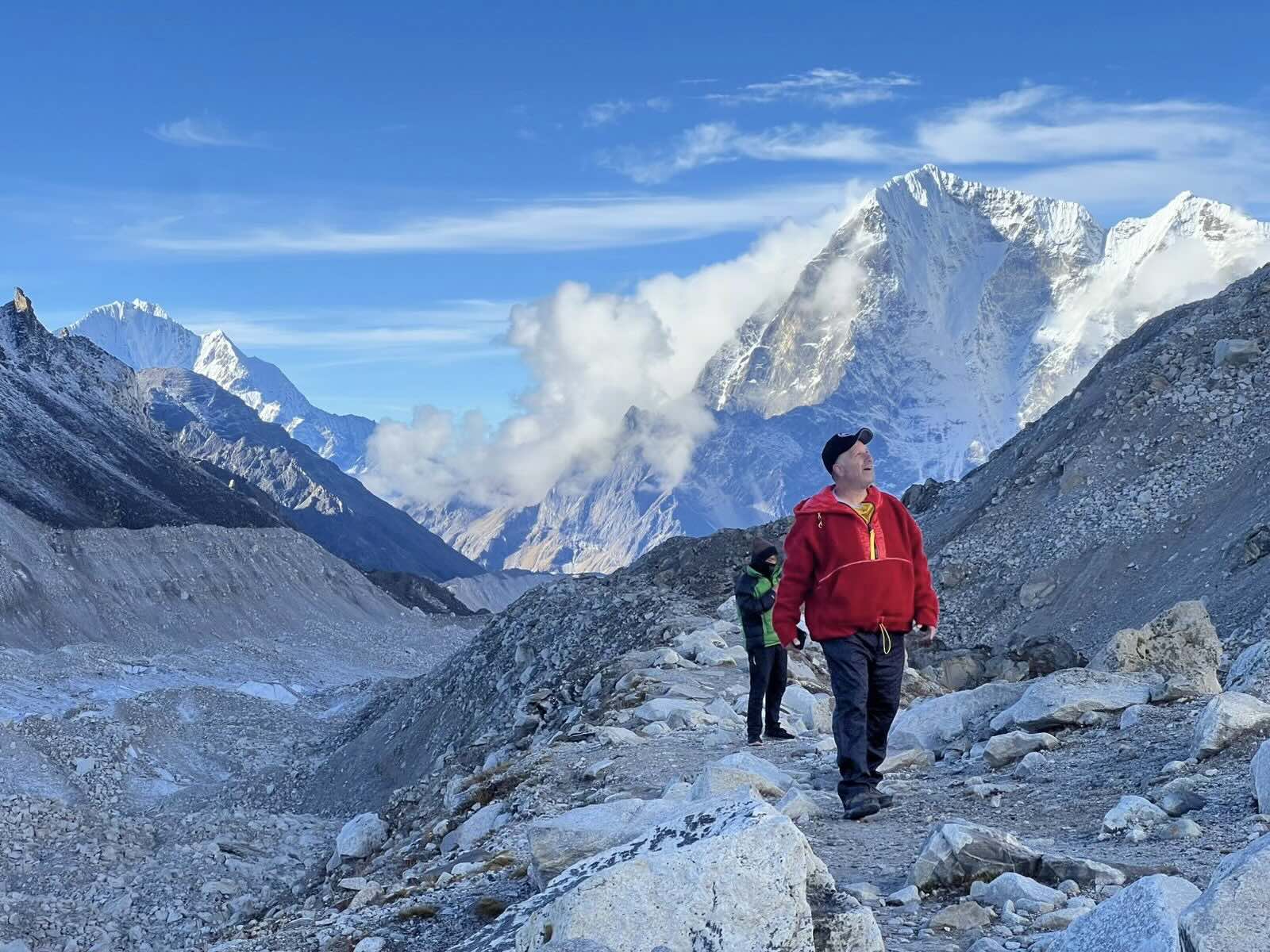
Imagine waking up at dawn in a cold teahouse, sipping ginger tea as the first light touches Everest. You’ll hike through yak caravans, cross roaring rivers, and climb stone staircases that seem endless.
By late afternoon, you’ll reach a village nestled beneath towering peaks — tired but exhilarated.
Each day builds resilience and reward. The higher you go, the more oxygen-deprived, yet the more alive you feel. The moment you stand at Base Camp, surrounded by ice and prayer flags, the struggle melts into awe.
Final Verdict: Is the Everest Base Camp Trek Hard?
Yes — but it’s hard in the best possible way.
- Physical difficulty: Moderate to hard
- Technical difficulty: None
- Main challenge: Altitude and endurance
- Success rate: 85–90% with proper preparation
- Ideal preparation time: 3–6 months
If you can stay active, train your body and mind, and respect the mountain, you can do it.
A Challenge Worth Every Step
The Everest Base Camp trek is not just a physical journey — it’s an emotional and spiritual awakening. It teaches patience, humility, and persistence. Every uphill climb, every breathless step, brings you closer not just to the base of the world’s highest mountain, but to your own potential.
Yes, it’s challenging.
Yes, it will push you.
But it’s achievable — for anyone willing to prepare, respect the altitude, and embrace the adventure.
When you finally stand beneath Everest, you’ll realize the difficulty was never a barrier — it was the path itself that made the experience extraordinary.
Share this article about the Everest Base Camp trek:
